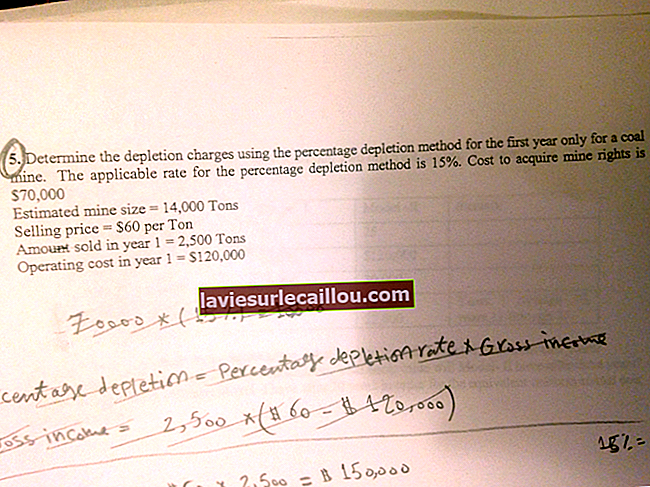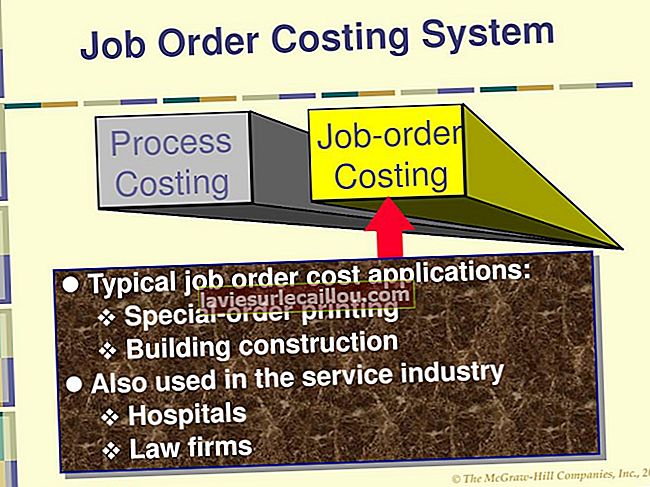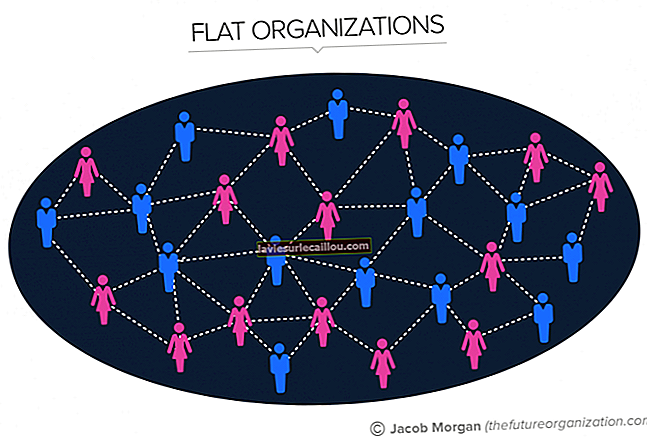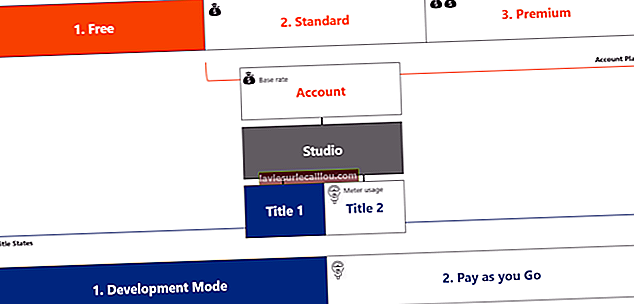The dollar-value LIFO method is a variation on the last in, first out cost layering concept. In essence, the method aggregates cost information for large amounts of inventory, so that individual cost layers do not need to be compiled for each item of inventory. Instead, layers are compiled for pools of inventory items. Under the dollar-value LIFO method, the basic approach is to calculate a conversion price index that is based on a comparison of the year-end inventory to the base year cost. The focus in this calculation is on dollar amounts, rather than units of inventory.
The key concept in the dollar-value LIFO system is the conversion price index. To calculate the index, follow these steps:
Calculate the extended cost of the ending inventory at base year prices.
Calculate the extended cost of the ending inventory at the most recent prices.
Divide the total extended cost at the most recent prices by the total extended cost at base year prices.
These calculations yield an index that represents the change in prices since the base year. The calculation should be derived and retained for each year in which a business uses the LIFO method. This documentation will be needed to justify the period-end inventory costing calculation. Once the index is available, follow these additional steps to determine the cost of the LIFO cost layer in each successive period:
Determine any incremental increases in units of inventory in the next reporting period.
Calculate the extended cost of these incremental units at base year prices.
Multiply the extended amount by the conversion price index. This yields the cost of the LIFO layer for the next reporting period.
The method can be used to create separate indexes for a number of different pools of inventory. However, since doing so increases the labor associated with calculating and applying conversion price indices, it is better to minimize the number of inventory pools employed.
This approach is not commonly used to derive inventory valuations, for the following reasons:
Calculation volume. A large number of calculations are required to determine the differences in pricing through the indicated periods.
Base year issue. Under IRS regulations, a base year cost must be located for each new inventory item added to stock, which can require considerable research. Only if such information is impossible to locate can the current cost also be considered the base year cost.









